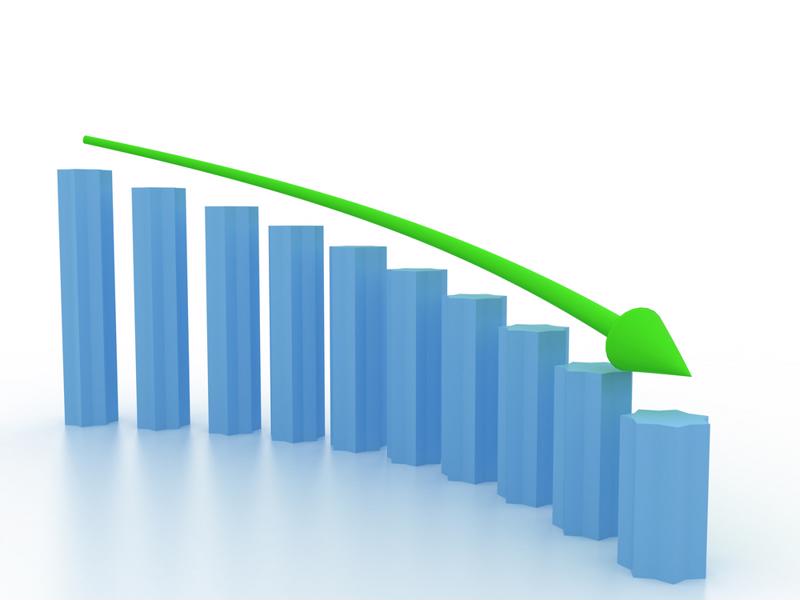They say we are approaching a dark winter ahead with COVID-19 cases on the rise. There is however a glimmer of hope with a few promising vaccines in queue to receive expedited approval. This week it was reported that United Airlines began its first shipment of Pfizer’s vaccine from Brussels to Chicago. There is an immense effort underway regarding vaccine distribution and supply chains are going to be tested to their limits. This is definitely an all hands on deck moment and it is going to take a herculean effort on the part of many parties. The challenges ahead really emphasize the need for robust procurement and procurement fundamentals on a few levels.
First is relationships. There are many companies out there with complementing capabilities that allow for a full end to end delivery of the vaccine. Without everyone working together for the collective good we won’t achieve accelerated results. Procurement teaches us the value of relationships and relationship management. We are human at the end of the day and challenges exist in breaking down communication barriers to ensure we can work with others effectively. Oftentimes procurement works with many stakeholders throughout a business, building consensus and alignment. These fundamental ideas are core to collaborating both internally within an organization or externally with partners and competitors. It is crucial when the stakes are high to evaluate the strengths each party brings to the table and let them own those areas. Additionally relationship management throughout the supply chain must be achieved in the present to ensure success as well as into the future for long term sustainability. Each critical supply relationship must be evaluated and a strategy crafted to ensure an effective partnership.Second is cost. Many might be thinking with the time sensitive nature of this initiative there is no time to think about keeping costs in check. Rather I would challenge to say understanding cost drivers can help build a sustainable and robust solution that does not cave to unsustainability over time. In procurement oftentimes we look to reduce costs however that is not the only factor. We help to identify value, right size requirements and optimize resources. Reducing cost is a by product of all of those endeavors and helps drive the right level of value and resource within a business. Helping to optimize cost of vaccine distribution not only allows for a more accessible vaccine to all demographics and populations but also ensures companies will not go in the red undertaking this effort.
With all pieces of the puzzle coming together through relationship management, cost optimization and full integration across the board we can ensure a successful distribution of this critical vaccine. It is important to note some key procurement fundamentals are at play and will propel success. Many of these fundamentals can be applied to other challenges but it is ever important with the current pandemic to leverage these practices effectively.


























